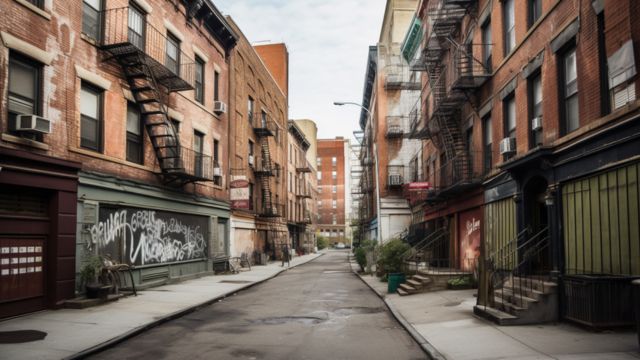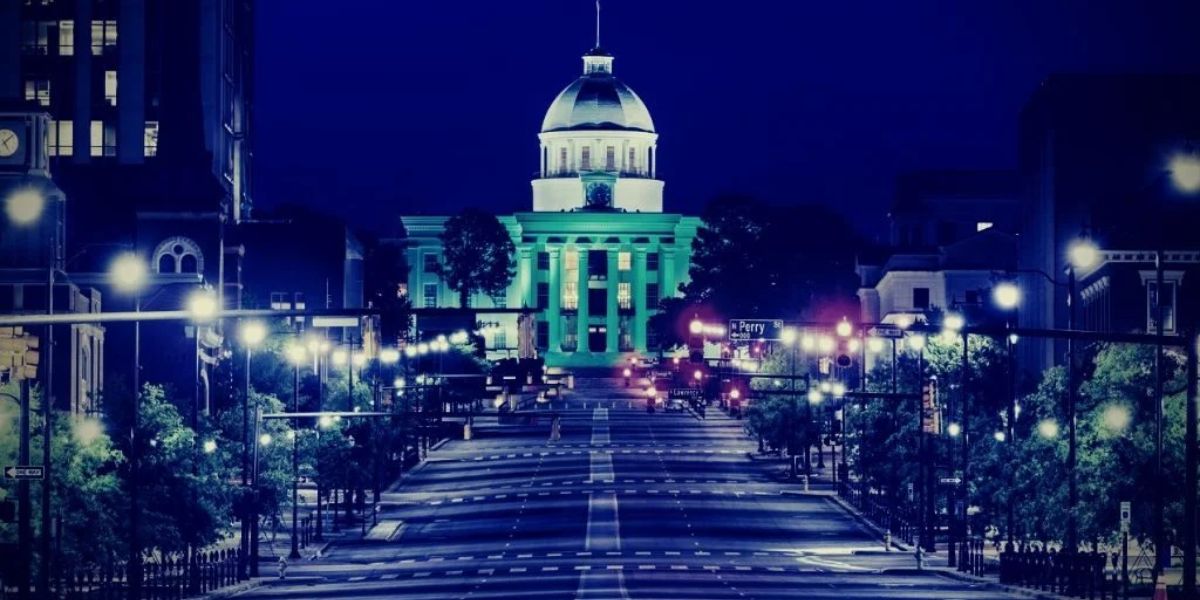MJP –
New York State has long been home to a complex underworld of organized crime. From notorious street gangs to newer criminal organizations, the gang landscape in New York has changed over the years, driven by shifting alliances and territories.
While law enforcement agencies continue to fight against these groups, they remain influential in certain areas, impacting public safety and community well-being.
Here’s a look at ten of the most notorious gangs currently shaping New York’s crime landscape.
1. The Latin Kings
One of the oldest and largest Hispanic gangs in the country, the Latin Kings have maintained a powerful presence in New York since the 1980s.
Known for their highly structured organization and distinctive symbols, the Latin Kings are involved in a wide array of criminal activities, including drug trafficking, assault, and extortion.
Despite numerous crackdowns, the gang has evolved and expanded, often using community outreach as a front to recruit new members.
2. The Bloods
Originating from Los Angeles, the Bloods have established a major foothold in New York, particularly in the five boroughs and surrounding suburbs. The gang is infamous for its violent clashes with rival gangs, especially the Crips, and its involvement in drug and weapon trafficking.
The Bloods are highly decentralized, with various sets often operating independently, contributing to their widespread reach and adaptability.
3. The Crips
Another California-based gang, the Crips, is one of the Bloods’ main rivals in New York. Known for their blue colors, the Crips engage in drug dealing, robbery, and extortion throughout the state.
While generally less organized than the Bloods, the Crips have steadily grown their numbers and influence in New York City’s outer boroughs, causing frequent territorial disputes with other gangs.
4. MS-13 (Mara Salvatrucha)

MS-13, a Salvadoran gang that has gained international notoriety, has a significant presence in New York, especially on Long Island. Known for their brutal methods and fearsome reputation, MS-13 is involved in drug trafficking, murder, and human trafficking.
The gang’s extreme violence has led to targeted efforts by federal and local law enforcement, but they remain a major threat in certain communities.
5. 18th Street Gang
Another Central American gang, the 18th Street Gang, competes directly with MS-13 for territory and control. With a reputation for violent crime and rivalry with MS-13, they are involved in similar activities, including drug distribution, extortion, and human trafficking.
The gang has become particularly active in areas with large immigrant populations, drawing attention from both local and federal agencies.
6. The Trinitarios
5 Dangerous Streets in Florida You Should Think Twice About Visiting
The Trinitarios gang was founded in the 1980s by Dominican immigrants in New York and has since grown into a significant force, especially in the Bronx and upper Manhattan.
Known for their distinctive green colors, the Trinitarios are notorious for violent territorial disputes and their involvement in drug trafficking. The gang is also known for its violent initiation practices and strict loyalty codes among members.
7. The Pagans Motorcycle Club
The Pagans are a prominent outlaw motorcycle gang with a growing presence in New York, especially upstate. Known for their violent clashes with rival motorcycle clubs and law enforcement, the Pagans are heavily involved in drug trafficking, particularly methamphetamine.
Their confrontational stance and recent attempts to expand further into New York have made them a growing concern for law enforcement.
8. The East Coast Bloods
The East Coast Bloods, an offshoot of the original Bloods, are distinct in their territory and influence in New York. Unlike their West Coast counterparts, the East Coast Bloods have developed their own sets and rules, operating mostly in neighborhoods throughout New York City and Long Island.
They are involved in various criminal enterprises, including robbery and assault, and are known for initiating younger members into the gang at an early age.
9. The Outlaws Motorcycle Club
The Outlaws Motorcycle Club is another notorious motorcycle gang that has set up operations in New York, particularly in rural and suburban areas. Known rivals of the Hells Angels and Pagans, the Outlaws are involved in illegal drug operations, weapons trafficking, and violent disputes with competing gangs.
Dangerous Hike! Big Lots Announces Potentially Over 300 Store Closures Across the U.S.
Their distinctive skull-and-pistons logo and black leather attire make them recognizable, and their criminal activities have expanded over recent years.
10. La Familia Michoacana
La Familia Michoacana, a Mexican drug cartel, has extended its influence into New York, often partnering with local gangs to distribute drugs, especially opioids and methamphetamine.
Unlike some of the more established gangs, La Familia Michoacana operates more covertly, using partnerships to facilitate its business. This cartel is known for its violent tactics and strong organizational structure, which have allowed it to operate effectively despite law enforcement efforts.
Law Enforcement Response and Community Impact
The presence of these gangs in New York continues to shape the crime landscape, leading to increased resources dedicated to combating gang violence and drug trafficking. Law enforcement agencies, including the NYPD and FBI, are engaged in ongoing efforts to dismantle these organizations, often through targeted operations and community outreach initiatives.
However, the adaptability of these gangs, combined with the profits they generate through illegal activities, makes them difficult to eliminate.
In areas heavily affected by gang activity, community organizations are also stepping in to provide resources and support for at-risk youth. Programs focused on education, job training, and mentorship are some of the approaches used to prevent young people from becoming involved in gang life. Nevertheless, the allure of gang culture and the financial benefits of illegal activities remain a challenge.
Conclusion
New York’s gang landscape remains complex and multifaceted, with each group bringing its own history, culture, and methods. While law enforcement has made strides in reducing gang activity, the influence of these organizations persists, impacting neighborhoods and individuals across the state.
Understanding the dynamics of these gangs is crucial for creating effective policies and programs to address the root causes of gang violence and to help create safer communities.




